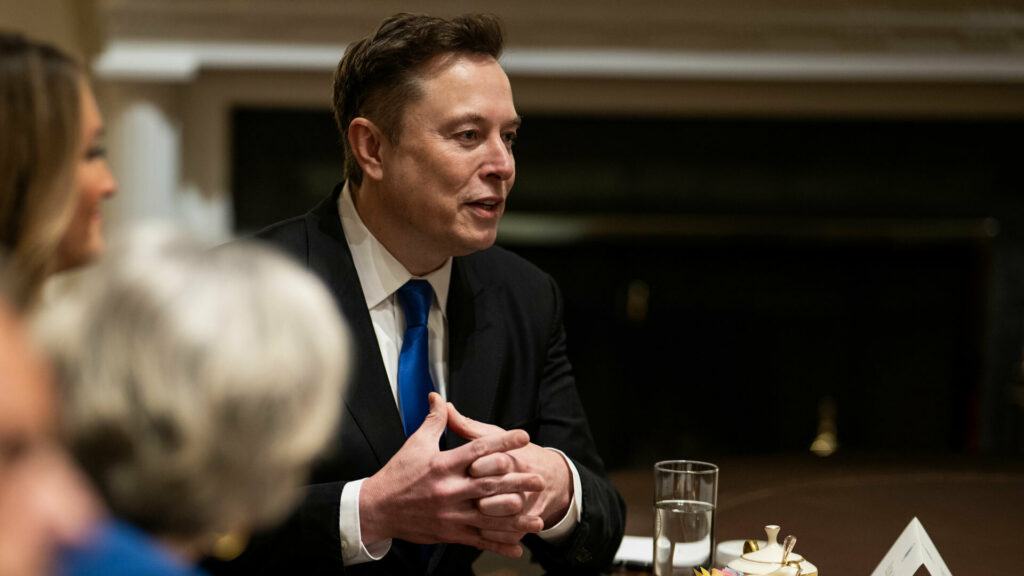Highest Salaries of Automotive Industry Executives
A new study has revealed that General Motors CEO Mary Barra received the highest compensation among automotive industry executives. According to the data, her earnings amounted to $29.8 million, allowing her to surpass Jim Farley of Ford and RJ Scaringe of Rivian.
At the same time, all three significantly trail behind Nvidia CEO Jen-Hsun Huang, who reportedly earned $197.6 million last year.
Study Details
The study, conducted by Automotive News and Equilar, found that Barra received $29,818,313, which is 12.2% more than the previous year. Jim Farley of Ford took second place with compensation of $27,608,563, representing a 97.1% increase due to stock gains.
RJ Scaringe of Rivian secured third place with total compensation of $13,955,227, a sharp increase of nearly 974.1% compared to the previous year.

Comparison with Tech Giants
Although automotive executive compensations are impressive, they are significantly lower than rewards in the technology sector. For example, Jen-Hsun Huang of Nvidia received $197,604,703, despite a decrease compared to 2023. Dara Khosrowshahi of Uber took second place among tech CEOs with $114,910,689, primarily due to stock options.
Third place overall was taken by former Eaton executive Craig Arnold with compensation of $59,907,764 in 2024.

General Trends and Exceptions
The study covered 61 companies and found that the median compensation for automotive CEOs increased by 5% to $17,290,270. In contrast, supplier executives experienced a 13% decrease to $11,234,560.
It is worth noting that Elon Musk, CEO of Tesla, did not receive any compensation last year; however, in August of this year, he received a payout of approximately $29 billion.

Photo: White House
This data highlights significant disparities in compensation between different sectors, particularly between the automotive and technology industries. While automotive executives receive high compensation, tech leaders far surpass them, which may indicate a difference in profitability and investment appeal between these sectors. Furthermore, sharp fluctuations in rewards, such as in the case of Scaringe, demonstrate the influence of market factors and stock-based incentive systems.


 by
by 
